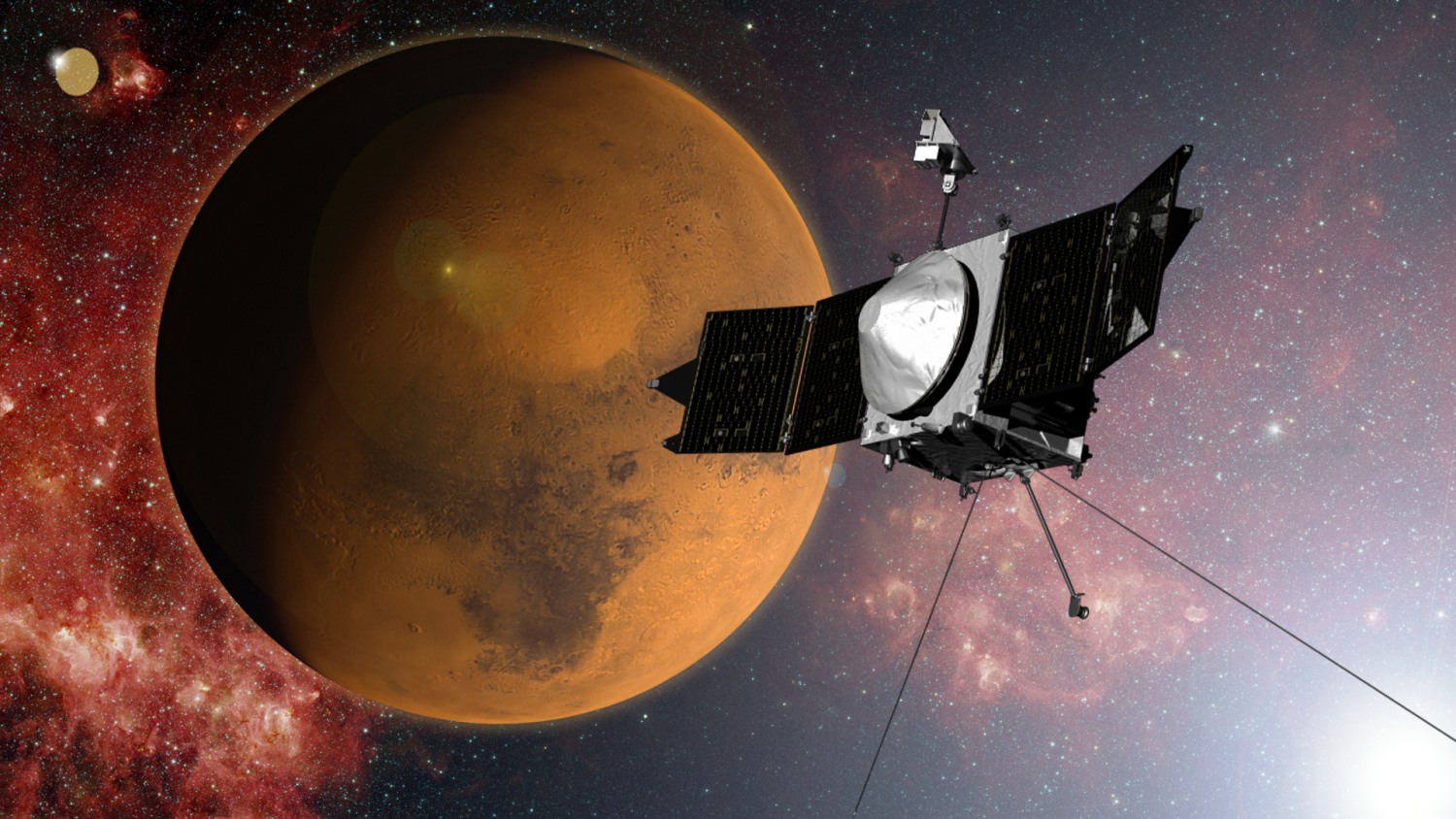On this day, 5th November: India launched its Mars Orbiter Mission - Mangalyaan

The Mars Orbiter Mission (MOM), also known as Mangalyaan, launched by the Indian Space Research Organisation (ISRO) on November 5, 2013, stands as a monumental achievement in India’s space exploration history. Designed to study Mars’ atmosphere, surface, and mineral composition, the mission entered Mars’ orbit on September 24, 2014, making India the first country to succeed in reaching Mars on its first attempt.
Mangalyaan’s cost-effective design and development, at approximately $74 million USD, demonstrated ISRO’s innovative and frugal engineering. This budget was remarkably lower than that of similar missions by other space agencies, showcasing India’s capacity for achieving advanced space technology at a fraction of the cost. The mission gathered critical data about Mars, including the presence of methane, atmospheric conditions, and mineralogy, helping scientists understand the Martian environment and offering insights into the possibility of life.
Mangalyaan also symbolized a significant boost to national pride and placed India among an elite group of space-faring nations capable of interplanetary exploration. It encouraged greater investment in STEM education and inspired young scientists across the country, proving that ambitious scientific goals were attainable through innovation, hard work, and resourcefulness.





